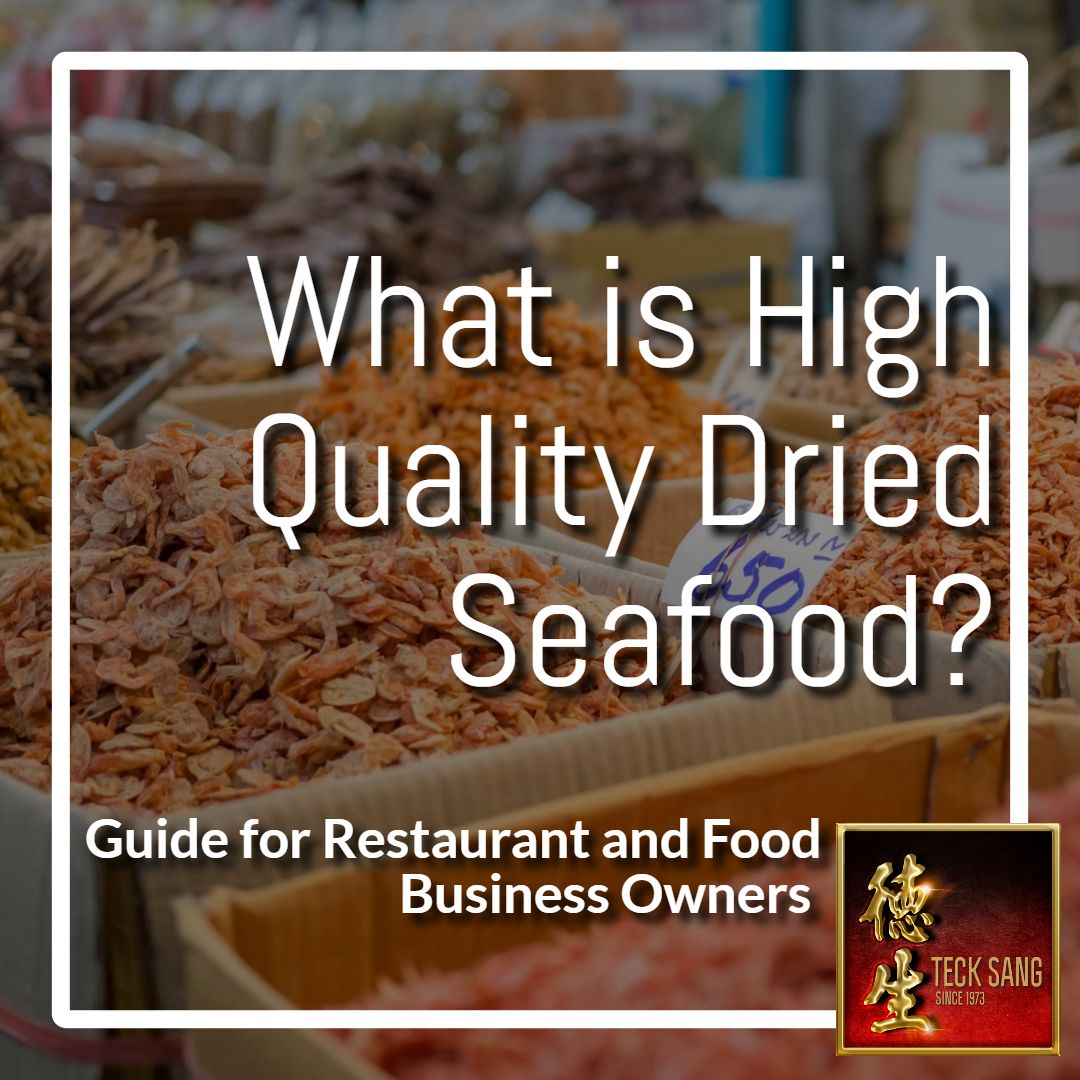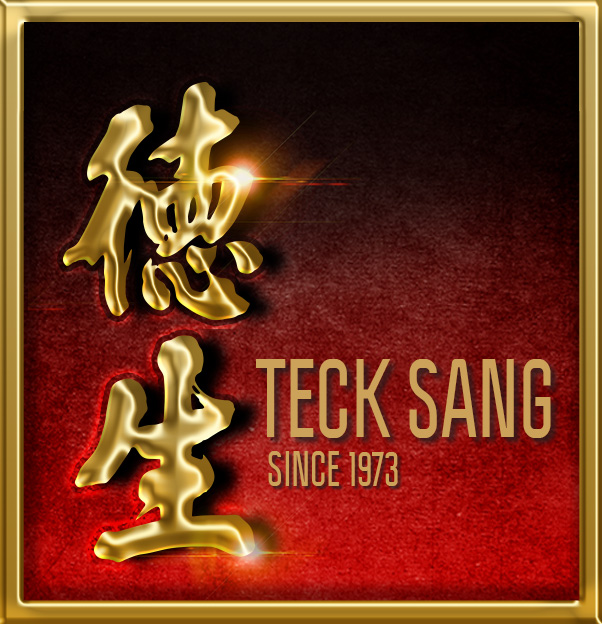
Are you wondering how to figure out the quality of wholesale dried seafood? Well, look no further!
This article will guide you through the process of evaluating appearance, assessing packaging, understanding shelf life, gauging taste, analyzing smell, and examining country of origin and harvest methods.
With these tips, you'll be able to confidently choose the best wholesale dried seafood that will make you feel like you truly belong in the world of culinary excellence.
To learn more, don't forget to read our latest extensive guide on buying dried seafood from a wholesalers, covering important factors such as appearance, delivery, sustainability and quality assurance.
Key Takeaways
- Appearance and Packaging: Evaluate color, texture, smell, and overall condition to determine freshness and avoid signs of spoilage or damage.
- Shelf Life: Check the expiry date to ensure freshness and safety, and understand that proper storage conditions can extend shelf life and prevent spoilage.
- Taste: Look for vibrant colors, even textures, and a rich, savory flavor that is true to the seafood. Quality dried seafood should have a fresh and appealing taste.
- Smell: Pay attention to unusual or foul odors. Fresh and clean scent indicates good quality, while strong, unpleasant odors suggest spoilage. Trust your instincts and avoid seafood with off-putting smells.
Evaluating Appearance
You can evaluate the appearance of wholesale dried seafood by examining its color, texture, and overall condition.
When assessing the color, look for vibrant hues that indicate freshness. Avoid products that have dull or faded colors, as they may be old or of poor quality.
Next, check the texture of the seafood. It should be firm and not too soft or mushy.
A good quality wholesale dried seafood should have a pleasant smell and shouldn't have any off-putting odors.
Lastly, examine the overall condition of the product. Ensure that there are no signs of mold, discoloration, or insects.
Assessing Packaging
When assessing the packaging of wholesale dried seafood, there are several indicators to consider.
The packaging should be intact and free from any signs of damage or tampering.
Additionally, the packaging should also provide a clear indication of the freshness of the seafood, such as a proper expiry date or production date.
Packaging Indicators
Check for any visible damages or flaws on the packaging of wholesale dried seafood. When assessing the packaging of wholesale dried seafood, it's important to look for any signs of damage or flaws that could affect the quality of the product.
Inspect the packaging for any tears, holes, or dents that may have occurred during transportation or storage. Damaged packaging can lead to contamination or spoilage of the seafood, compromising its quality and safety.
Additionally, check for any signs of tampering, such as broken seals or resealed packaging. This could indicate that the product may have been tampered with or compromised in some way.
Freshness Through Packaging
Assess the packaging of wholesale dried seafood for freshness by examining its appearance and overall condition. When it comes to determining the quality and freshness of wholesale dried seafood, the packaging plays a crucial role. To ensure that you're getting the best product, consider the following indicators:
- Look for intact packaging: Check if the packaging is free from any tears, leaks, or damage that could compromise the freshness of the seafood.
- Examine the seal: A strong and intact seal is a good indicator of freshness. Make sure that the packaging is properly sealed to prevent any air or moisture from getting in.
- Check the expiration date: Always check the expiration date to ensure that you're purchasing the seafood well within its freshness window.
Quality Assurance Through Packaging
To ensure the quality of wholesale dried seafood, carefully evaluate the packaging for any signs of damage or compromise. Packaging plays a crucial role in preserving the freshness and quality of the product.
Look for any tears, punctures, or leaks in the packaging, as these can indicate potential contamination or spoilage. Additionally, check for any bulging or swelling of the packaging, as this may suggest that the product has been exposed to excessive heat or moisture.
It's also important to examine the packaging for any labeling or certification marks that indicate the product meets certain quality standards.
Understanding Shelf Life
When it comes to wholesale dried seafood, understanding the shelf life is crucial. The expiry date is of utmost importance as it indicates the freshness and quality of the product.
Additionally, storage conditions play a significant role in preserving the seafood's taste, texture, and nutritional value.
Expiry Date Importance
You should always check the expiry date on wholesale dried seafood to understand its shelf life. This is important because knowing the expiry date allows you to determine whether the seafood is still fresh and safe to consume.
Here are three reasons why the expiry date is important:
- Quality assurance: The expiry date indicates the manufacturer's guarantee of freshness and quality. Consuming seafood past its expiry date can lead to unpleasant taste, texture, and potential health risks.
- Nutritional value: Over time, the nutritional value of dried seafood can degrade. Checking the expiry date ensures that you're getting the maximum nutritional benefits from the product.
- Safety concerns: Eating expired seafood can increase the risk of foodborne illnesses. By checking the expiry date, you can avoid consuming seafood that may be contaminated or spoiled.
Storage Conditions Impact
Understanding the impact of storage conditions on the shelf life of wholesale dried seafood is crucial for maintaining its quality. Proper storage conditions can significantly extend the shelf life of these products, ensuring that they remain fresh and safe for consumption.
When storing wholesale dried seafood, it's essential to keep them in a cool, dry place away from direct sunlight and moisture. Excessive heat and humidity can accelerate the degradation process and promote the growth of bacteria and mold, leading to spoilage and potential health risks.
Additionally, it's important to store dried seafood in airtight containers to prevent exposure to air, which can cause oxidation and deterioration.
Gauging Taste
To gauge the taste of dried seafood, rely on your senses to evaluate its flavor and aroma. When it comes to determining the quality of wholesale dried seafood, your taste buds hold the key. Here are three ways to evaluate the taste and ensure you're getting the best:
- Appearance: Look for vibrant colors and even textures. High-quality dried seafood should have a fresh and appealing appearance.
- Flavor: Take a small bite and let the flavors unfold on your palate. The taste should be rich, savory, and true to the seafood it came from.
- Aroma: Give it a good sniff. The aroma should be pleasant and reminiscent of the sea, without any off-putting or fishy smells.
Analyzing Smell
When analyzing the smell of wholesale dried seafood, pay attention to any unusual or foul odors that may indicate poor quality. As a savvy buyer, you want to ensure that the seafood you purchase is of the highest quality, and the smell can provide valuable information.
Take a moment to inhale the aroma of the dried seafood. It should have a fresh and clean scent, reminiscent of the sea. If you detect any strong, unpleasant odors such as ammonia or a rancid smell, it could be a sign of spoilage or improper storage.
Trust your instincts and avoid purchasing seafood with these off-putting smells. By being mindful of the smells, you can confidently select the best wholesale dried seafood for your needs and enjoy the delicious flavors it brings.
Examining Country of Origin and Harvest Methods
As a savvy buyer, you should also consider examining the country of origin and harvest methods when determining the quality of wholesale dried seafood.
The country of origin plays a crucial role in ensuring the quality and safety of the seafood. Different countries have different regulations and standards for seafood production, and some countries have a reputation for producing high-quality dried seafood.
Additionally, the methods used to harvest the seafood can impact its quality. Sustainable and responsible harvest methods, such as line-caught or wild-caught, often result in better-tasting and more nutritious seafood. On the other hand, seafood that's harvested using harmful or unsustainable methods may have a negative impact on the environment and the overall quality of the product.


